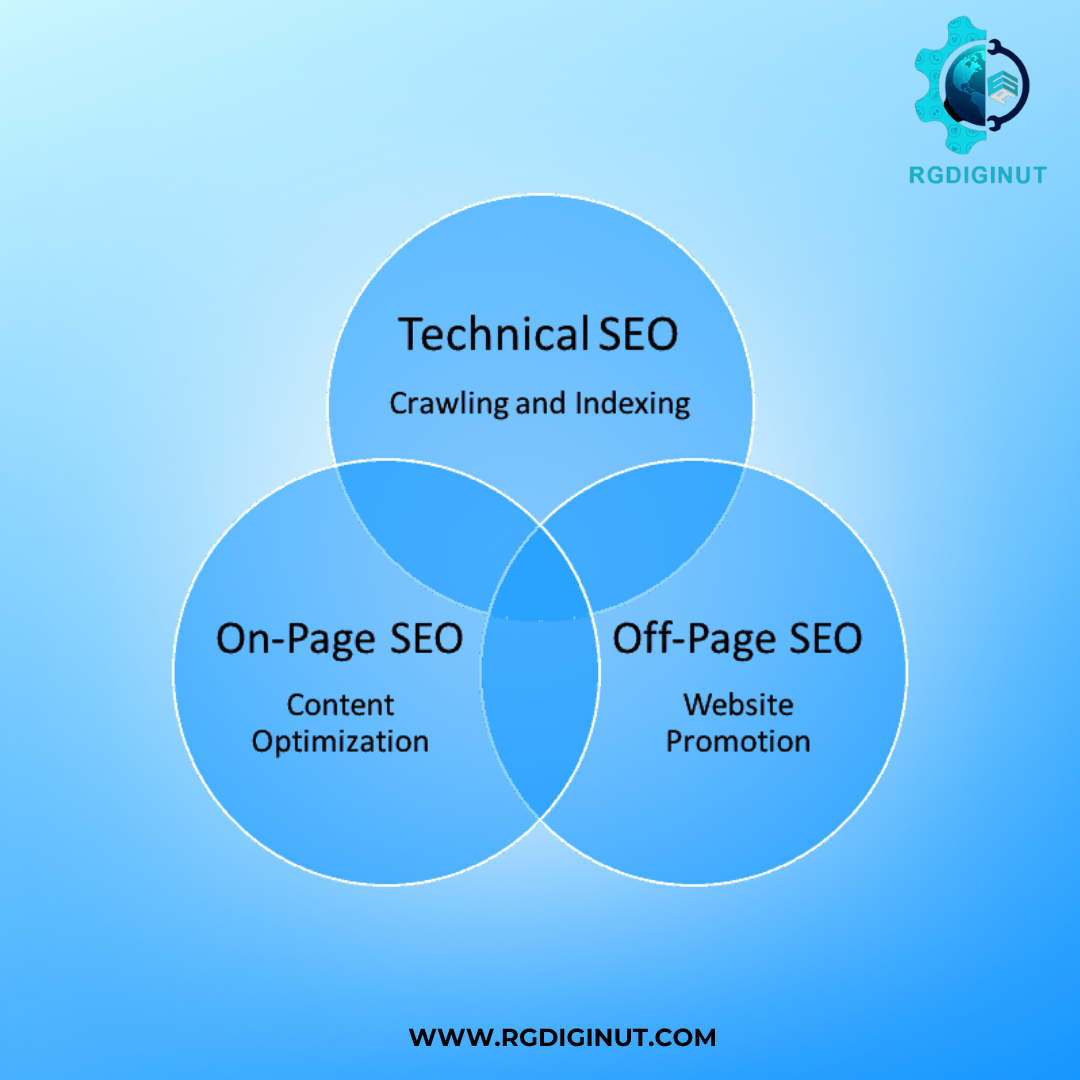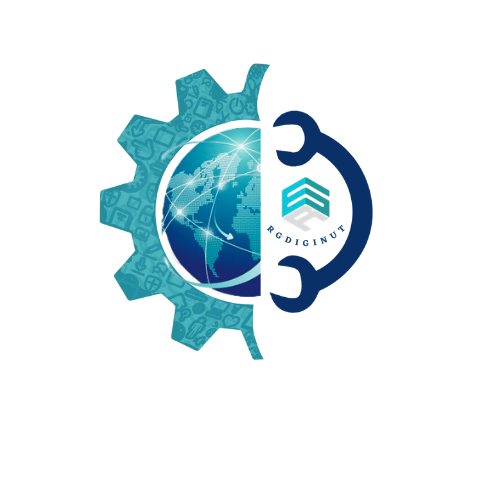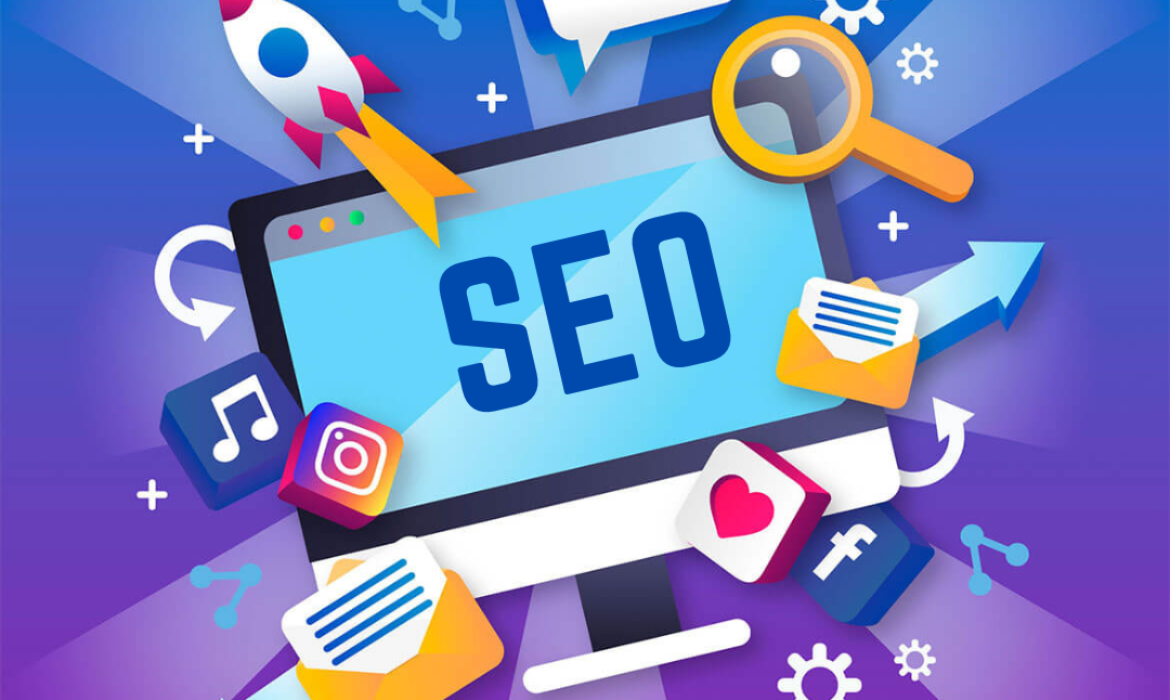THE ULTIMATE BEGINNER’S GUIDE TO UNDERSTANDING SEO AND MASTERING IT
It stands for “Search Engine Optimization” and the name itself gives an explanation.
Let’s note down the best definition of what SEO is .
SEO is the process of making a website easier to understand by search engines. That means it help to optimise your website to get better rankings on search engines like Google, Bing, DuckDuckGo, etc.The main goal of SEO is to increase organic traffic from search engines by improving the positions the website appears in the SERPS for various search terms.SEO is one of the most powerful digital marketing tools for any type of website. An SEO optimised website enjoys high visibility in Search engines and improves the user experience.
We know that Google is the largest Search Engine alive, most SEO practices are geared towards Google’s policies and algorithms. Nevertheless, they work similarly for other search engines too.
But, why should I care about SEO?
That seems like an obvious question for those who’ve managed to get a good following on social channels and drive traffic from there.
Irrespective of whether or not you’re getting traffic from social media, you should put your efforts on SEO. Because it can get you very-specific, high-intent, and free traffic.

Types of SEO
Search Engine Optimization or SEO is a complex process.There are a number of different types of SEO.But all SEO types have the same goal: To optimise a website for greater visibility in search engines.When optimising a website on search engines, we need to consider & satisfy hundreds of SEO factors & rules.
To make it easier to handle the seo , it is divided into different types of SEO. Each type is responsible for a number of SEO rules.What is important to understand is that these subsets of SEO are not a different process, it’s just a way of breaking down a complicated process into several smaller processes that are easier to manage.
So, the various SEO types are
Technical SEO
On-Page SEO
Content SEO
Off-Page SEO
Local SEO
Mobile SEO
eCommerce SEO
Technical SEO
When it comes to Technical SEO,It is exactly what the name implies. That means, the technical parameters that affect the visibility of a website in search engines.
The main goal of technical SEO is to ensure that search engine crawlers can crawl and index a website without any problems.
The most important technical SEO guidelines are:
Check and optimise your robots.txt to make sure that search engines can correctly access your website.
Add and verify your website with Google Search Console and specify your preferred domain.
Add Google analytics to your website to analyse the traffic.
Create an XML Sitemap and submit it to major search engines.
Optimise your site structure and URL structure.
Follow SEO Friendly web design
Create websites that load / perform fast on both desktop and mobile.
On-Page SEO
It involves any and everything you do on your website to make it Google-friendly, that means it has to do with the page itself and make it friendlier to search engines and users. Here you have direct control over on-page SEO and you can tweak it as per your needs as long as it doesn’t worsen the user experience. We know that search engines crawl a website as a whole and the ranking is performed on a page level basis.So it’s important to pay attention to the optimization of each and every page on your website.
Important on-page SEO guidelines are:
Optimise your page titles. Page titles are shown in the search results.The title of a page should also give search engine bots enough clues on what the page content is all about.You should be able to write catchy headlines and add your SEO keyword in it. Google typically displays 50-60 characters of the title, so keep your title under 60 characters.
Optimise your H1 Tag. H1 tag is what is shown as the top heading of a page. An optimised page has only one H1 tag which has the same importance as per the page title.
Optimise your H2, H3 headings. Besides the H1 tag a page needs to have sub headings (H2, H3). In case of long form content, subheadings make the page easier to read by users and scan by crawlers.
SEO for Images.No one likes to read a wall of texts. Add relevant images throughout your article and make it easy to go through. You can add screenshots, graphs, illustrations, infographics, or other media. Make sure to describe each image with a proper name and “alt text”.Any images used on a page should be properly optimised, otherwise search engines cannot understand what they represent. Things like optimising the filename, file size and ALT text are important for image SEO.
Page formatting. Publishing a page with text and images without spending time to beautify the content is not a good SEO practice. Although Google cannot ‘see’ a page like a human, they have ways to understand how a page looks or if it’s full of ads and popups and this is taken into account during the ranking process.
Internal and External Links: A proper SEO optimised page contains internal and external links. Links that point to your other articles (on the same site) are called internal links. you should add at least 5-6 internal links in each article. Similarly, links pointing out to other sites are known as external links .Depending on the article / website, you should add at least 2-3 external links.
Content SEO
Content SEO is also a subset of on-page SEO. It is all about the quality of the content .Publishing great content that users love, but also using proper keywords which make the search engines can easily understand / crawl, is the winning combination.
To achieve this, you can follow these guidelines:
Start your content creation process with keyword research. Find the SEO keywords that are important for your website and incorporate them in your content.
Look for long-tail keywords and add them to your titles, headings and main content.
Publish content that is thorough and long enough so that users can get what they want and search engines to have enough clues to understand the context of your content.
Link content to high-quality websites and to other pages of your website to help users learn more about a topic.
Make use of schemas and structured data to pinpoint to search engines important parts of your content.
Off Page SEO
It involves things that you don’t have direct control over and is not something you do on your website. Actual off-page SEO is all about promotion. While the previous SEO types concentrated more on the website infrastructure and content, off-page SEO has to do with techniques you can use to promote your website on the Internet.
Websites that are popular are more likely to rank higher on Google than less popular websites.
The most important off-page SEO methods are:
Link Building. Link building is the process of getting SEO backlinks from other websites.In simple terms, it’s like a voting system, when another website or web page on the internet links to your site, you earn a backlink.By linking to your pages, other site owners are saying to Google that your site is good and contains useful information.
Brand Promotion. Google likes to rank known brands high in the results because people trust them.
Social Shares: When your articles get shared on social channels and get good engagement, it sends a positive signal to Google.
Local SEO
Local SEO is a type of SEO suited for local businesses only.
In other words, if you have a website and your goal is to get clients visiting your local store, then you should optimise your website for local SEO.
Everything that is mentioned above is valid for Local SEO, with the addition of the following guidelines:
Make sure that you have your business name, address, contact details on all pages of your website or Add the Local Business schema on your homepage
Create a Google My Business Account is the key part of Local SEO
Register your business with trusted directories .
Promote your website on local directories and websites
Mobile SEO
Mobile SEO is also a subset of SEO specific for mobile devices.
We know that more than 60% of Google searches are now performed on mobile devices.Which shows that the Internet is moving away from the traditional desktop and goes to mobile devices.
This is also the reason that Google decided to create a mobile-first index and start indexing the mobile friendly version of a website instead of the desktop version.
When working on Mobile SEO, you need to make sure that:
Your website is mobile friendly ( BOth in Android & IOS )
The website loads fast on mobile.
The website is easy to use on mobile.
The user experience on mobile is not disturbed by interstitial banners, other methods of aggressive advertising or pop ups.
eCommerce SEO
When it comes to search engine optimisation, optimising an e-commerce website is more complex than working on a blog or corporate website.You have way more pages to optimise and it’s much more difficult to promote an E-commerce website.
The most important eCommerce SEO factors are:
Optimisation of an online shop starts with the homepage and category pages. These two page types have to be properly optimised before you start working on your product pages.
Optimise your product pages based on the results of your keyword research.
Optimise images, videos etc.
Thinking About White Hat SEO vs Black Hat SEO ?
White hat SEO refers to any practice that improves your search rankings on a search engine results page by maintaining the terms and conditions of Search Engine. All the methods described above were ‘White Hat SEO’ techniques and if you follow them correctly, you will eventually be able to rank high on search engines and get a portion of the search engine traffic.
Is black hat SEO a type of SEO?
Some people consider ‘black hat SEO’ as being a type of SEO and this creates a confusion for beginners.
Black hat SEO is just a term that is used to describe any actions taken to trick search engine algorithms. It increases a site or page’s rank in search engines by violating the search engines’ terms of service. From time to time a lot of people come up with ideas on how to artificially create links to improve the rankings of a website on Google. These methods are against Google guidelines and should be avoided.
The only outcome from following black hat techniques is to lose your Google rankings and trust, get penalised by Google and diminish your chances of achieving any rankings in Google ever again.
Cum et essent similique. Inani propriae menandri sed in. Pericula expetendis has no,
quo populo forensibus contentiones et, nibh error in per.Denis Robinson
As your budget progresses and evolves, continue referring to your SMART objectives. Stay focused and remember your goals – they will always inform what your next step will be!



